FIGURE 1. The position of the studied outcrop: A, within the southwest of the Transylvanian Basin and B, within the general geologic map of Romania. 1, undifferentiated Miocene and Pliocene marine units (Sîntimbru Formation); 2, Upper Cretaceous (uppermost Campanian–Maastrichtian–?Paleocene) continental units (Sebeș Formation); 3, upper Santonian–upper Campanian deep marine flysch deposits (Bozeș Formation); 4, transitional deltaic (a) or estuarian-brackish (b) facies (top Bozeș Formation); 5, Coniacian–Santonian deltaic-fluvial deposits (“Săsciori Beds”); 6, metamorphic basement (Getic–Supragetic nappe system); 7, Quaternary deposits; 8, syncline structure; 9, anticline structure; 10, location of the studied outcrop (modified after Vremir et al., 2014).

FIGURE 2. Stratigraphy of the studied outcrop. Legend: 1, gastropods and bivalves; 2, corals; 3, ammonites; 4, echinoderms; 5, shark teeth; 6, batoid teeth; 7, seeds; 8, amber; 9, leaf impression; 10, amphibians; 11, crocodyliforms; 12, gar fish; 13, otoliths; 14, calcareous nannoplankton samples; 15, compacted sands; 16, marls and sandy-marls; 17, sandstones; 18, conglomerates and sands; 19, pyrite nodules; * indicates the level where the ~76 Ma U–Pb absolute age on detrital zircon was reported by Bălc et al. (2024).
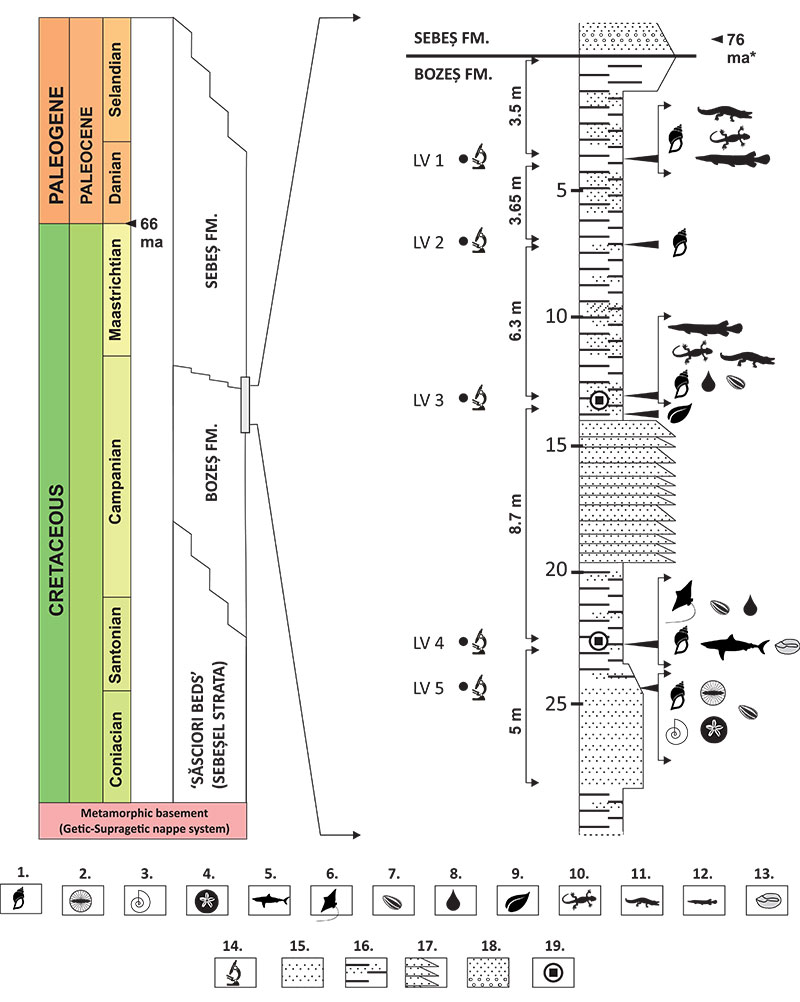
FIGURE 3. The Petrești outcrop. A, the right bank of the Sebeș River with the marked positions of the sampled levels. B, close up view of a gastropod cluster (Cassiope obvoluta) from LV1. C, large piece of carbonized wood in LV3. D, plant remains (cf. Sphenopteris ungeri) at the base of LV3. E, Cunnolites sp. coral in LV5. F, large inoceramid (?Platyceramus sp.) detached from LV5.

FIGURE 4. Specimens from the Petrești plant mesofossil assemblage. A, Taxon 1, sub-rounded seed with ornamented surface (NHMS 57478/LV4). B, Taxon 2, sub-rounded seed with ornamented surface (NHMS 57479/LV3). C, Taxon 3, sub-rounded seed with ornamented surface (NHMS 57467/LV4). D, Taxon 4, rounded seed with ornamented surface (NHMS 57464/LV4). E, Taxon 5, oblate seed (NHMS 57468/LV4). F, Taxon 6, elliptical seed (NHMS 57465/LV4). G, Taxon 7, rounded seed with smooth surface (NHMS 57481/LV3). H, Taxon 8, rounded seed (NHMS 57482/LV3). I, Taxon 9, rounded seed (NHMS 57477/LV4). J, Taxon 10, fruit assigned to Normapolles group (NHMS 57472/LV4). K, Taxon 11, fruit assigned to the Normapolles group (NHMS 57475/LV4). L, Taxon 12, pentacarpellate fruit with ornamented surface (NHMS 57463/LV4). M, Taxon 13, pentacarpellate fruit (NHMS 57471/LV4). N, Taxon 14, eight locules fruit (NHMS 57469/LV4). O, Taxon 15, fragmented spherical fruit (NHMS 57470/LV4). P, Taxon 16, four locules fruit (NHMS 57480/LV3). Q, Taxon 17, four locules fruit (NHMS 57474/LV4). Scale bar equals 1 mm.

FIGURE 5. Leaf impressions from the Bozeș Formation cropping out near Petrești. A-B, apical pinnules of cf. Sphenopteris ungeri Kvaček and Herman 2010 (NHMS 57409/LV3, NHMS 57410/LV3). Scale bar equals 10 mm.

FIGURE 6. Amber specimens from Petrești. A-B, NHMS 57459/LV3. C-D, NHMS 57460/LV3.
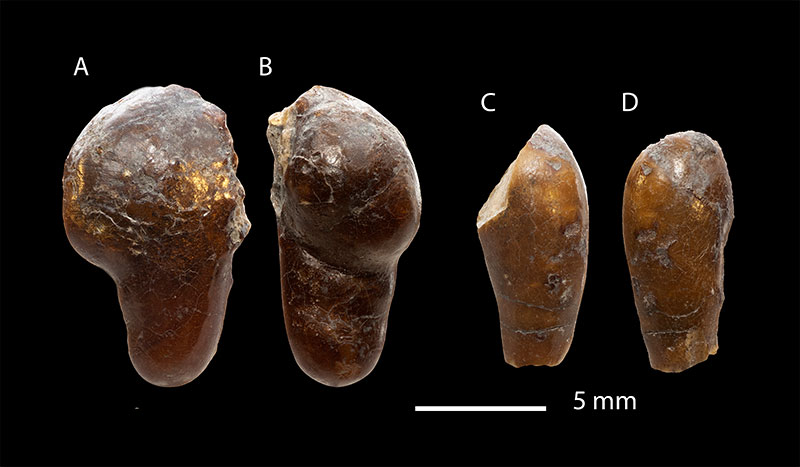
FIGURE 7. The ammonite Pachydiscus cf. haldemsis from Petrești. A-D, NHMS 57406/LV5 septate specimen in (A) lateral view, (B) ventral view, (C) apertural view, and (D) whorl section. E-I, NHMS 56556/LV5 septate specimen in (E) lateral view, (F) opposite lateral view, (G) ventral view, (H) apertural view, and (I) whorl section. J-L, NHMS 56581/LV5, juvenile specimen in (J) lateral view, (K) reconstructed ornamentation from (J), (L) close-up of (J), showing ornamentation. Scale bars equal 50 mm.
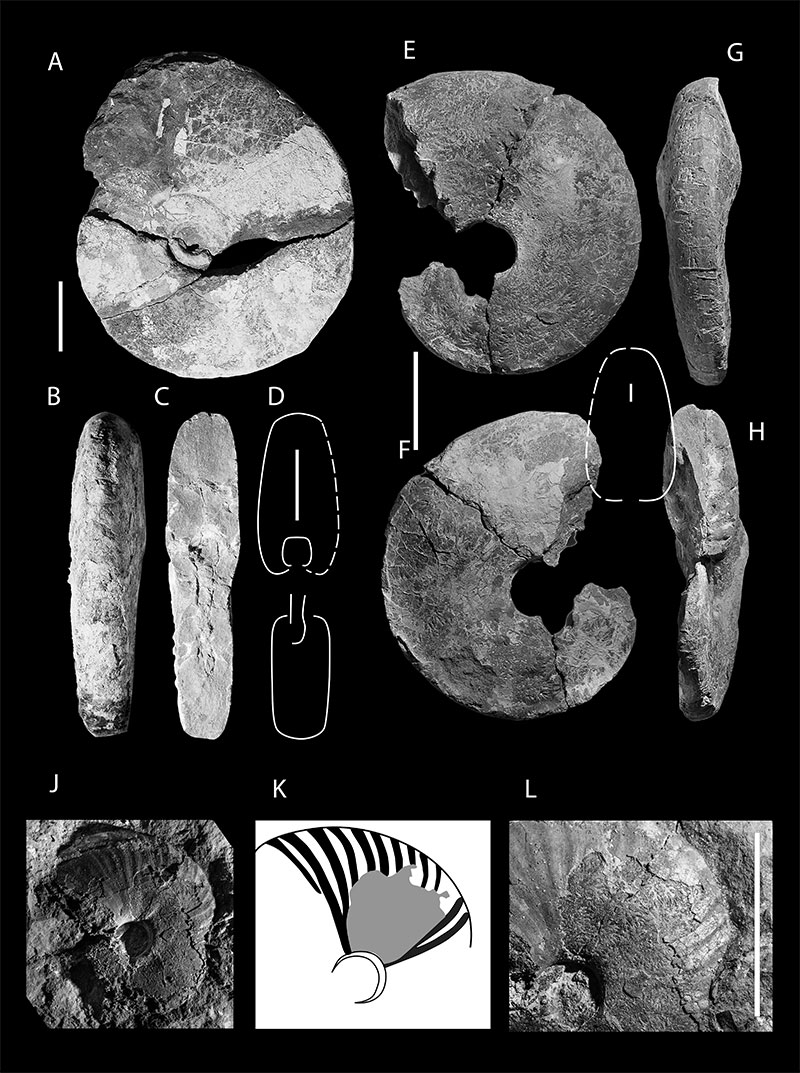
FIGURE 8. Gastropods and bivalves from Petrești. A, Onkospira sp. (NHMS 57098/LV1). B, Neritopsis spinosa (NHMS 56586/LV3). C, Neritoplica sp. (NHMS 56357/LV1). D, Deianira bicarinate (NHMS 56585/LV3). E, Trichotropis sp. (NHMS 56573/LV5). F, Parateinostoma sp. (NHMS 57355/LV1). G, Pseudamaura alkenyeriensis (NHMS 56554/LV5). H, Cassiope obvoluta (NHMS 57183/LV1). I, Rhabdocolpus sp. (NHMS 56770/LV4). J, Ageria sp. (NHMS 56569/LV5). K, Pirenella sp. (NHMS 57288/LV1). L, Pirenella alvincziense (NHMS 56587/LV1). M, Pleurocera sp. (NHMS 56588/LV1). N, ? Nairiella sp. (NHMS 56564/LV5). O, Pyrgulifera boeckhi (NHMS 57210/LV1). P, Melanopsis crassatina (HNMS 57142/LV2). Q, Campylostylus galloprovincialis (NHMS 57211/LV1). R, Pinna sp. (HNMS 56580/LV5). S, Volutilithes sp. indet. (NHMS /LV5). T, Trochactaeon sp. (NHMS 56571/LV5). U, Acteonoidea indet. (NHMS 57032/LV4). V, ?Exogyra sp. (NHMS 56758/LV4). W, Pycnodonte sp. (NHMS 56568/LV4). X, Anomiidae indet. (NHMS 56563/LV5). Y, ? Platyceramus sp. (NHMS 56575/LV5). Z, ? Platyceramus sp. (NHMS 56577/LV5). AA, Venericardia sp. (56577 NHMS/LV4). AB, Granocardium sp. (NHMS 56555/LV5). AC, ? Corbula sp. (NHMS 57031/LV4). AD, Panopea sp. (NHMS 56578/LV5). AE, Sauvagesia sp. (NHMS 56552/LV5). Scale bars = 1 mm (C, F, and I); 3 mm (K, P, U, AA, and AC); 5 mm (A, B, D, L, M, and V); 10 mm (H, N, O, Q, T, and W); 20 mm (E, G, J, S, X, Z, AB, AD, and AE); 30 mm (R); and 50 mm (Y).
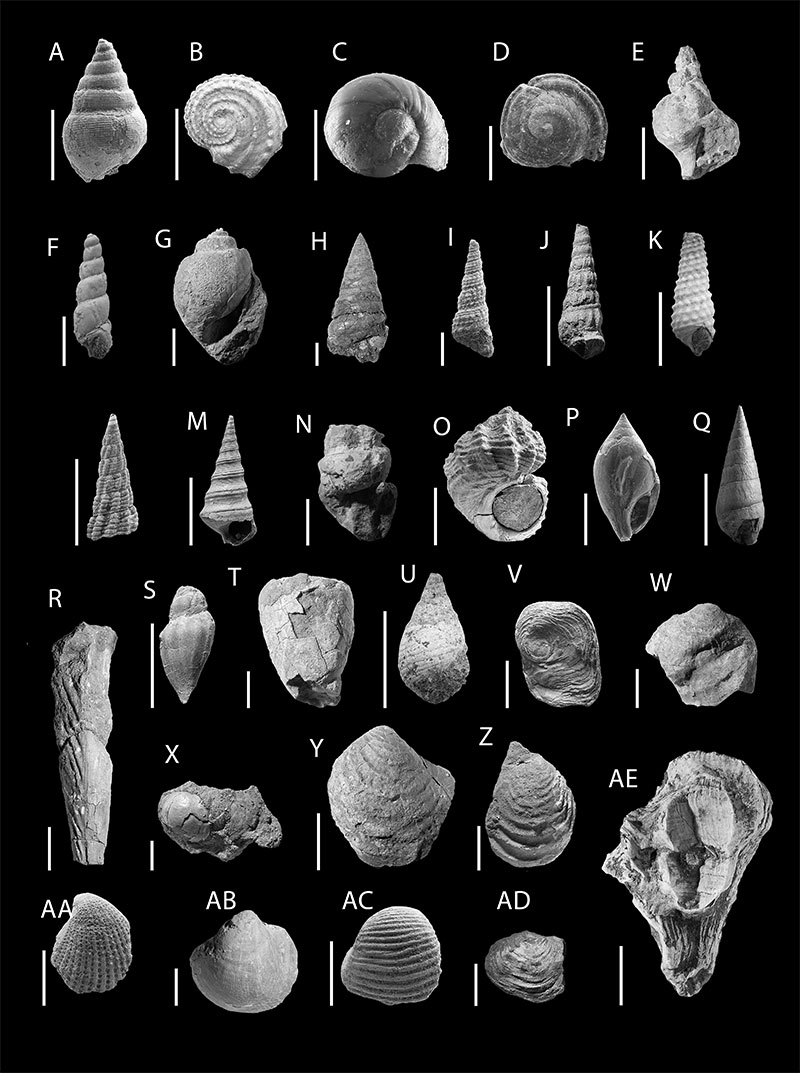
FIGURE 9. Echinoids and asteroids from Petrești. A, Hemiasteridae indet. (NHMS 57412/LV5). B, Hemiasteridae indet. (NHMS 57411/LV5). C-E, Asteroidea indet. (NHMS 57462/LV5). Scale bars equal 20 mm (A, B); 1 mm (C–E).
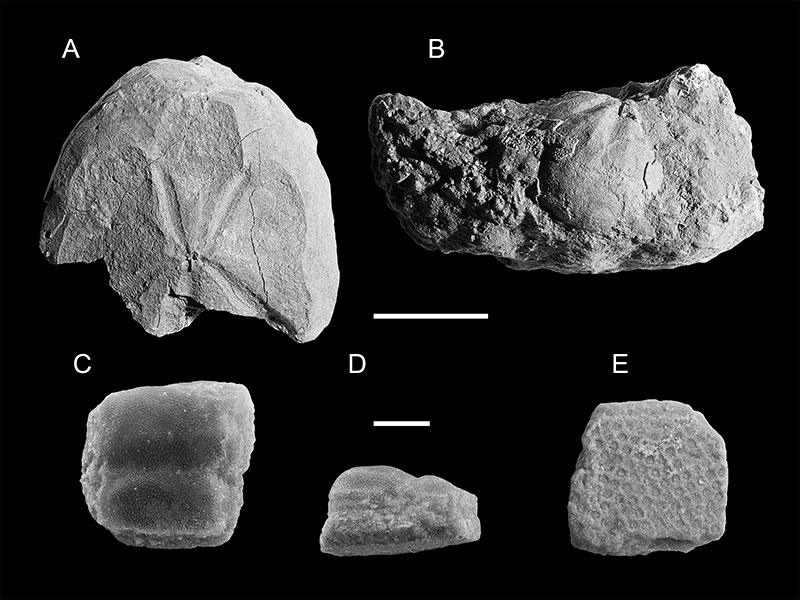
FIGURE 10. Corals from Petrești. A-D, Cunnolites sp. (NHMS 56561/LV5). E-H, Aulosmilia sp. (NHMS 56572/LV5). Scale bars equal 20 mm.
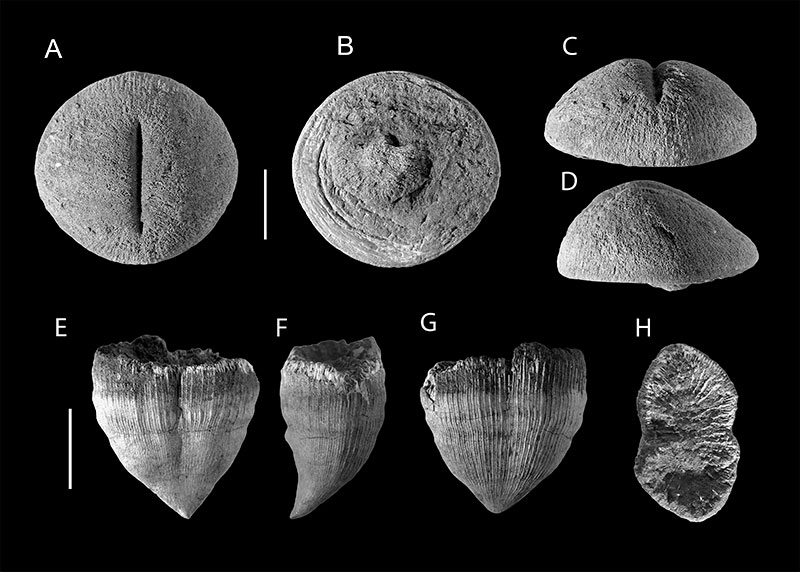
FIGURE 11. Insect ichnofossils representing eggs and coprolites from the Petrești mesofossil assemblage. A-B, Knoblochia cretacea, insect eggs, (A) NHMS 57483/LV3, (B) (NHMS 57473/LV4). C, Microcarpolithes hexagonalis, termite coprolite (NHMS 57476/LV4). Scale bar equals 1 mm.
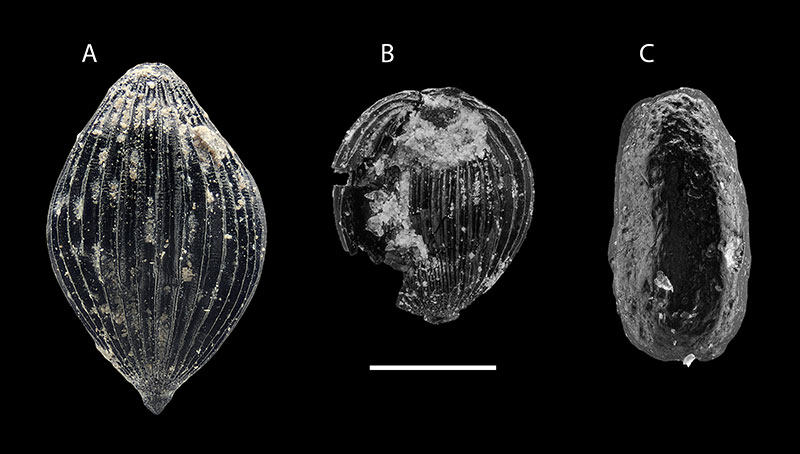
FIGURE 12. Fish teeth from Petrești. A-C, Lamniformes indet. (NHMS 57427/LV5). D-H, Paratrygonorrhina amblysoda Kriwet et al., 2007 (NHMS57422/LV4). I-K and L-N, Atractosteus sp. (NHMS 57439/LV3 and NHMS 57440/LV3). O-Q, Enchodus cf. petrosus (NHMS 57426/LV4). R-T, Paralbula casei (NHMS 57421/LV4). U-W, Actinopterygii indet. (NHMS 57419/LV4). Scale bars = 0.5 mm (I–K, L–N, and U–V); 1 mm (A–C, D–H, O–Q, and R–T).

FIGURE 13. A new fish taxon from Petrești. A-D, Paraplesiopoma transylvanica n. gen. et n. sp., holotype (NHMS 57413/LV4). E, paratype (NHMS 57414/LV4). F-G, paratype (NHMS 57415/LV4). H, paratype (NHMS 57416/LV4). I-J, paratype (NHMS 54718/LV4). Scale bar equals 1 mm.
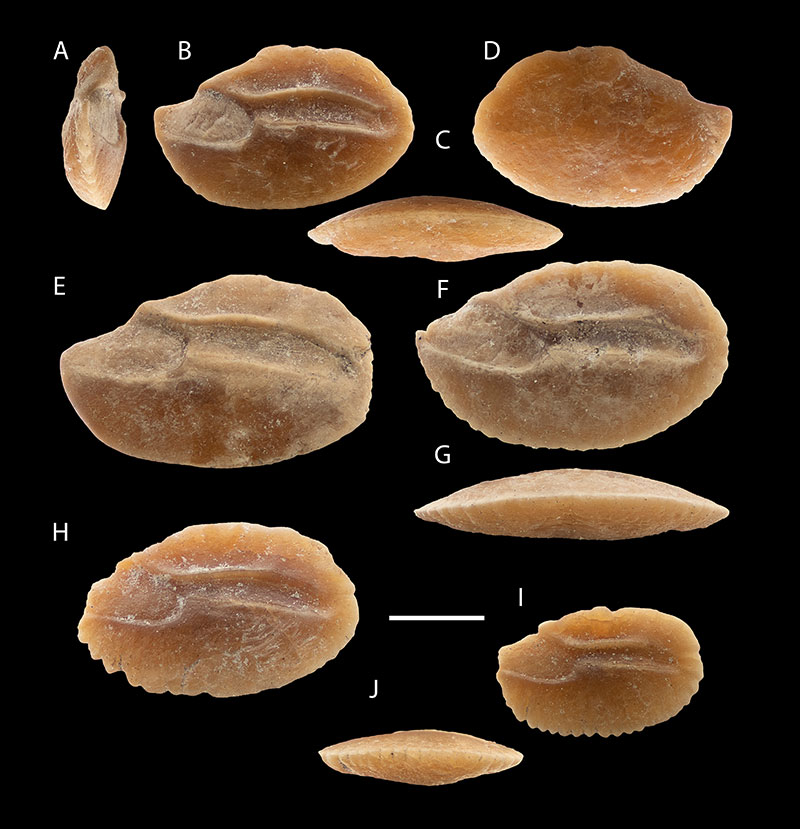
FIGURE 14. Amphibians and reptiles from Petrești. A-F, ?Alytidae indet., urostyle, (NHMS 57446/LV1) in (A) dorsal, (B) ventral, (C) left lateral, (D) right lateral, (E) anterior, and (F) posterior views. G-O, Anura indet., left dentary (NHMS 57447/LV3) in (G) medial, (H) dorsal, (I) lateral, and (J) posterior views; urostyle (NHMS 57448/LV1) in (K) dorsal, (I) ventral, (M) lateral, and (N) anterior views; and neural arch of vertebra (NHMS 57449/LV1) in (O) lateral view. P-R, Scleroglossa indet., left dentary (NHMS 57450/LV1) in (P) medial, (Q) lateral, and (R) anterior views. S-W, cf. Doratodon sp. tooth (NHMS 57451/LV3) in (S) labial, (T) distal (or mesial), (U) basal, and (V) lingual views with (W) detail of basal serration. X-Z, cf. Allodaposuchidae indet., (NHMS 57452/LV1) in (X) lingual and (Y) basal views, with (Z) detail of cutting edge. Scale bar = 0.5 mm (G–I); 1 mm (A–F, K–N, O, and P–R); and 2 mm (S–V, X–Y).
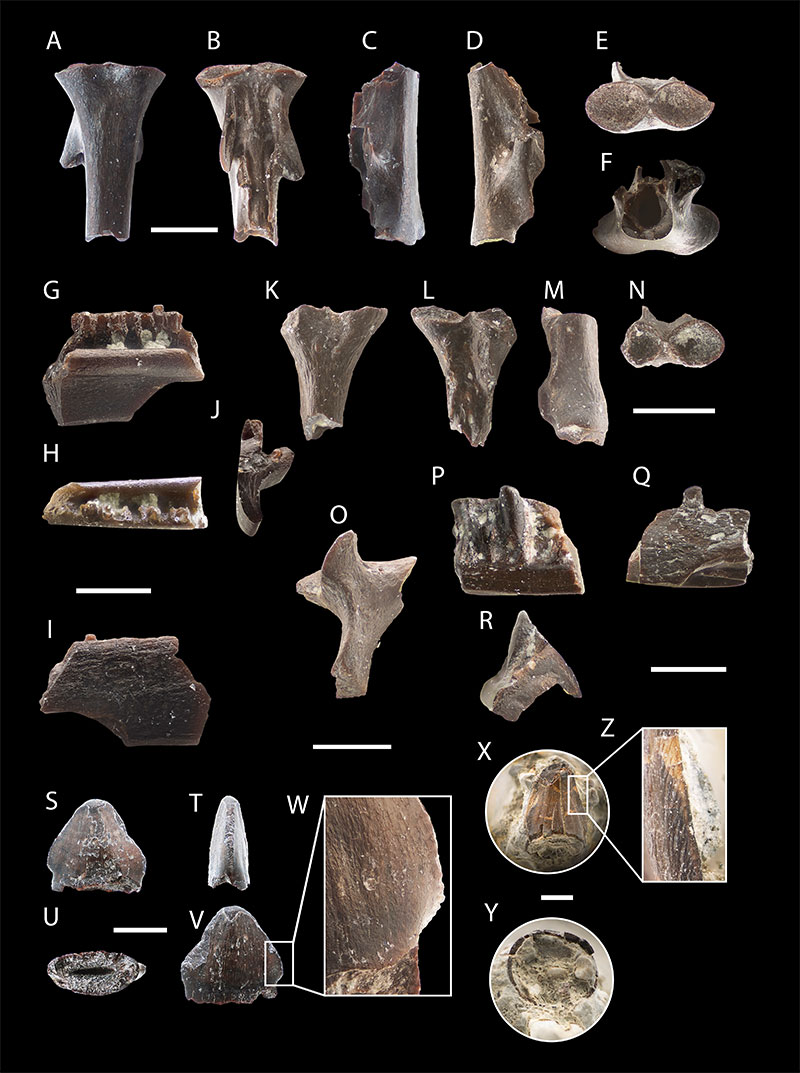
FIGURE 15. Eggshells from Petrești. A-C, NHMS 57456/LV1; (A) external morphology of eggshells displaying irregular tubercles and gas exchange pores; (B) closeup of a group of tubercles; (C) a close-up view of one of the gas exchange pores that extends through the entire thickness of the shell. D-F, NHMS 57457/LV2; (D) longitudinal section of a pore; (E) detail of the upper section of the pore; (F) the radial section of the eggshell displaying the tabular structure; the arrows indicate minute perforations. Scale bars equal 20µm (E); 50µm (C); 100µm (B, D, and F); and 1 mm (A).
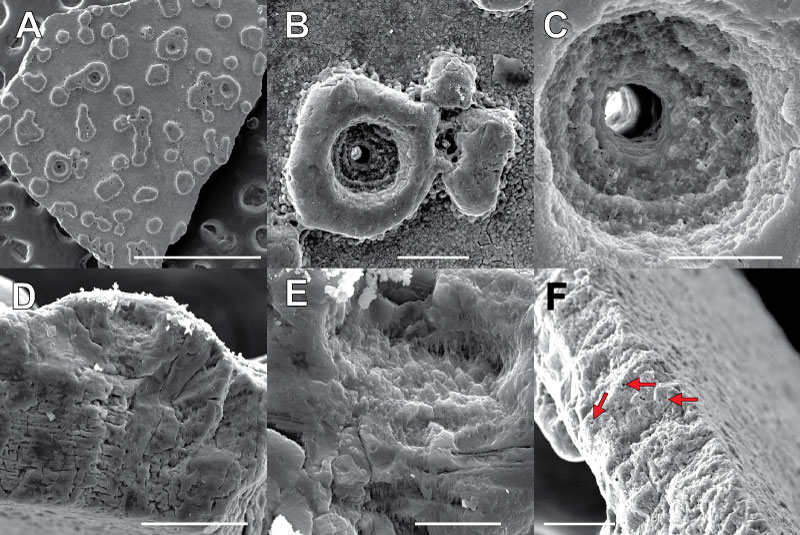
FIGURE 16. Reconstructions of the paleoenvironmental settings represented in the studied Petrești section, based on the fossil assemblages identified. A, marine (corresponding to LV5 and LV4) (Aulosmilia, Cunnolites, A steroidea, Hemiasteridae, Pinna, ?Platyceramus, Granocardium, ?Exogyra, Pachydiscus, aff. Lamniformes, Paratrygonornina, Paralbula, Echodus, and Paraplesiopoma), with reduced continental influence (Pyrgulifera, Cassiope, amber, seeds, and fruits). B, estuarine with increased continental influence (corresponding to LV3, LV2, and LV1) (Sphenopteris, Atractosteus, Lepisosteus, Scleroglossa, ?Alytidae, cf. Doratodon, Allodaposuchidae, maniraptoran theropods, Zalmoxes, Pterosauria, seeds, fruits, amber, and insects). Part of the symbols used was provided by the Media Library of the Integration and Application Network, University of Maryland Center for Environmental Science (CC BY-SA 4.0). Sauvagesia is represented in the medallion, as it is most probably allochthonous and originating from a different environment.
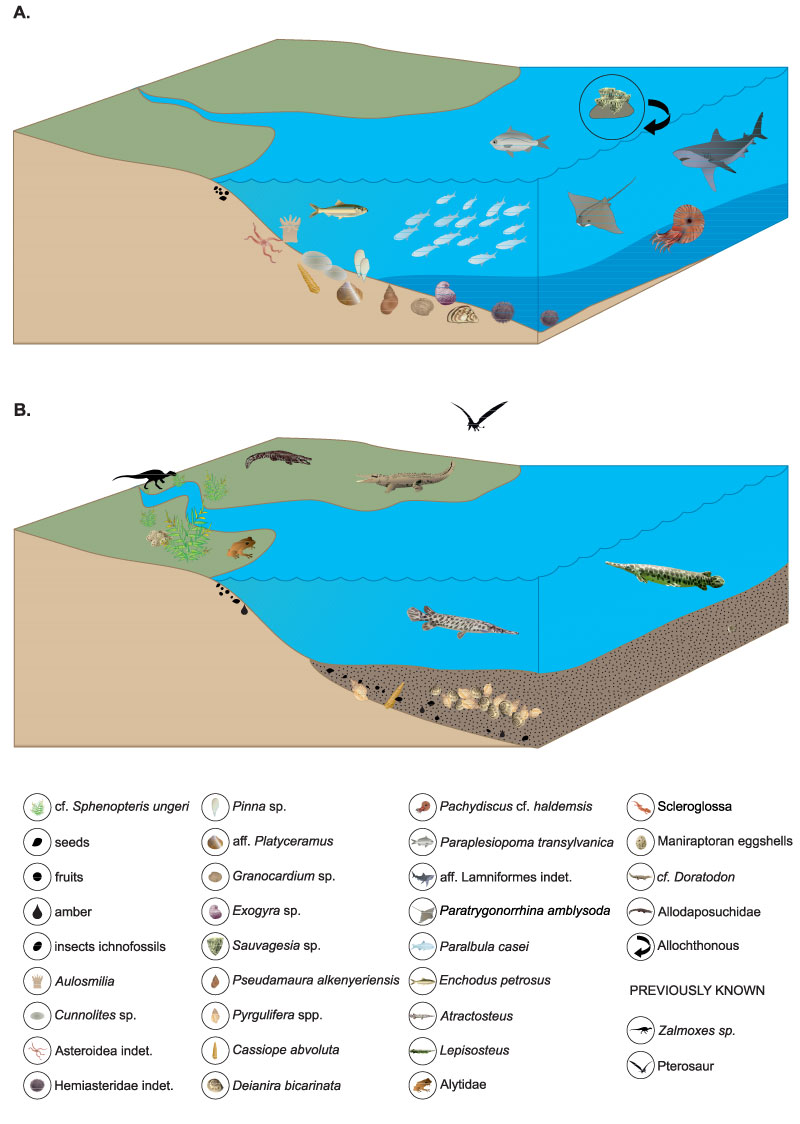
FIGURE 17. Statistical analyses. A, cluster analysis based on the complete taxonomic dataset from Petrești. B, cluster analysis based on the dataset excluding calcareous nannoplankton taxa. C, distribution chart depicting the stratigraphic occurrence and abundance of the identified taxa.


